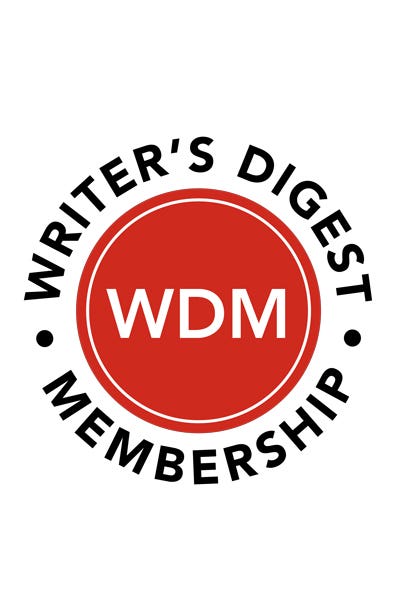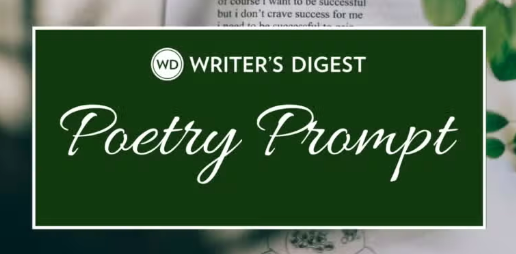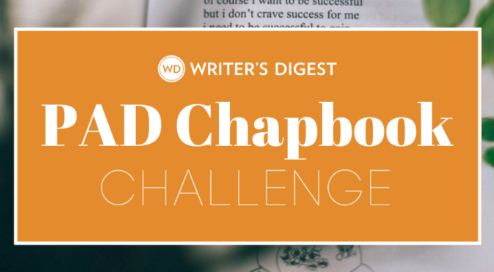Cut-up Method (or Technique): Poetic Forms
Poetic Form Fridays are made to share various poetic forms. This week, we look at the cut-up method (or technique) that was used by William S. Burroughs, the Dadaists, and others.
This week's form, the cut-up method (or technique) is a type of found poetry that has its roots in the Dadaists but was popularized by William S. Burroughs. There are multiple ways to use the cut-up method, but here are the two most popular:
- The straight cut-up involves cutting words of a complete text and randomly rearranging them into a new text
- The fold-in method involves taking two linear texts with the same spacing and folding them over and next to each other so that the first half of one line folds in to the second half of the corresponding line to create a new line
While these are the two most popular ways of applying the cut-up technique, there are no rules against experimenting with other variations.
*****
Play with poetic forms!
Poetic forms are fun poetic games, and this digital guide collects more than 100 poetic forms, including more established poetic forms (like sestinas and sonnets) and newer invented forms (like golden shovels and fibs).
*****
Here is an example of a Cut-up Method poem:
Five House Slaughter, by Robert Lee Brewer (using Kurt Vonnegut's Slaughterhouse-Five as a source text)
All this happened, "Poo-tee-weet?"
The war parts were talking.
One guy I knew was green and coffin-shaped,
another guy an abandoned wagon drawn by two horses.
And so on. No traffic of any kind.
I've changed all the leafing out.
I wandered out onto the shady street.
It looked a lot like Europe was over.
There, the door was unlocked.
I went back in the suburbs.
Note on method:
For the example above, I took the first half of the first 10 sentences in Slaughterhouse-Five and matched them up with the second half of the final 10 sentences in the novel. I made conscious decisions about where one half ended and the other began. Plus, I modified punctuation as I wished. So it was not completely random.
I actually used a cut-up method for my poem "Eavesdropping," published in the DMQ Review, in which I copied down overheard bits of dialogue from people while I was traveling. After writing down all this random dialogue, I cut it up into pieces and "wrote" the poem.
Anyway, it's a fun form to play around with and could make for a fun poetic activity at a workshop or open mic, whether you use books, magazines, newspapers, junk mail, or other language as your source material.





